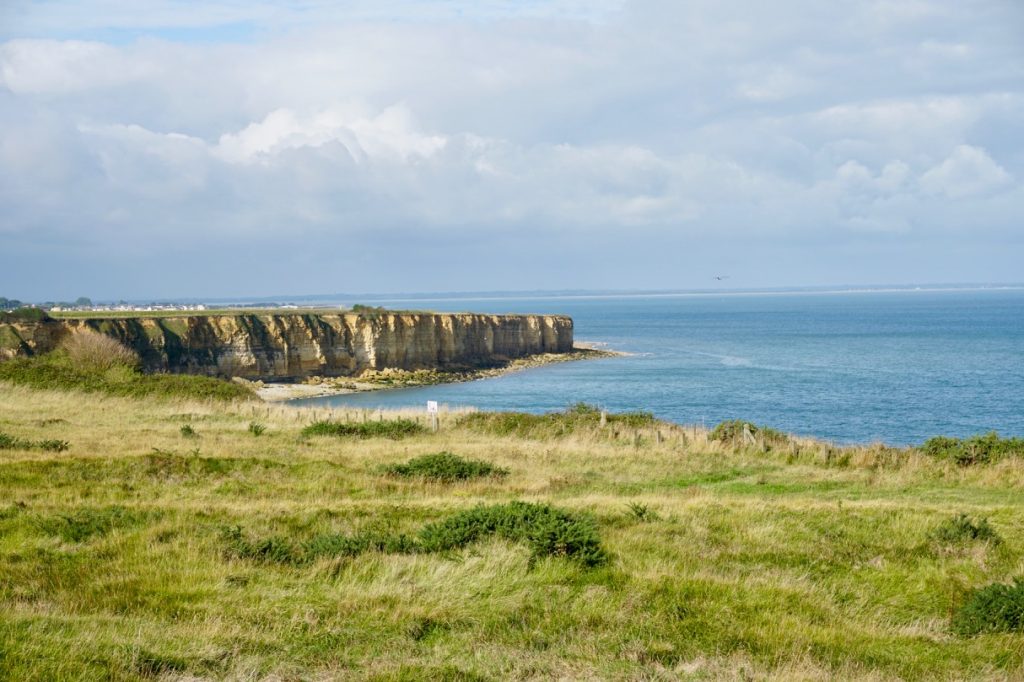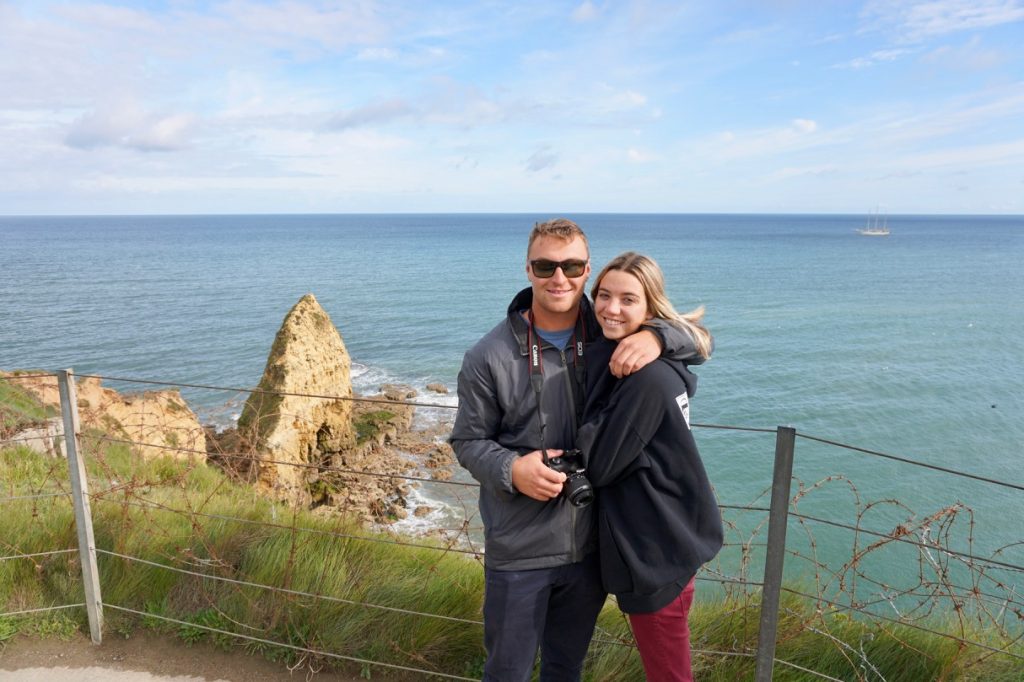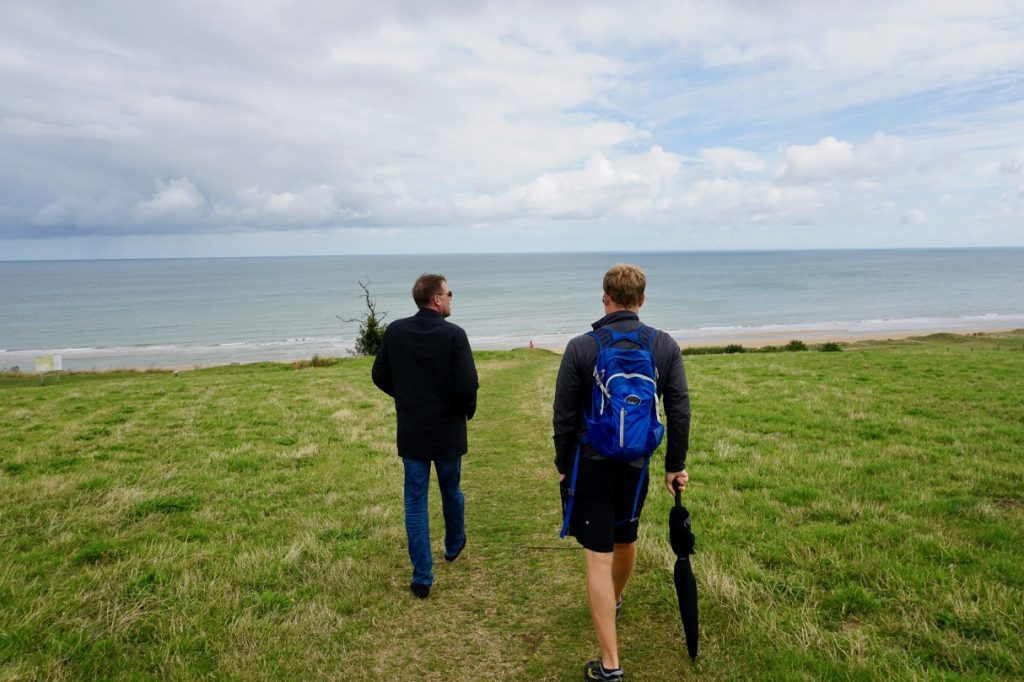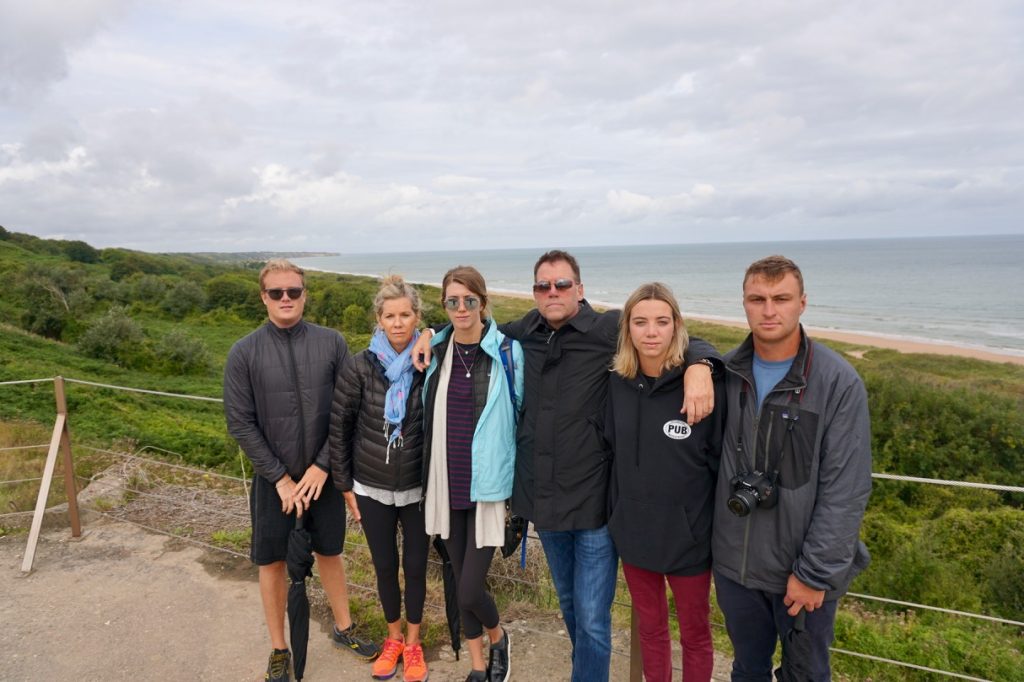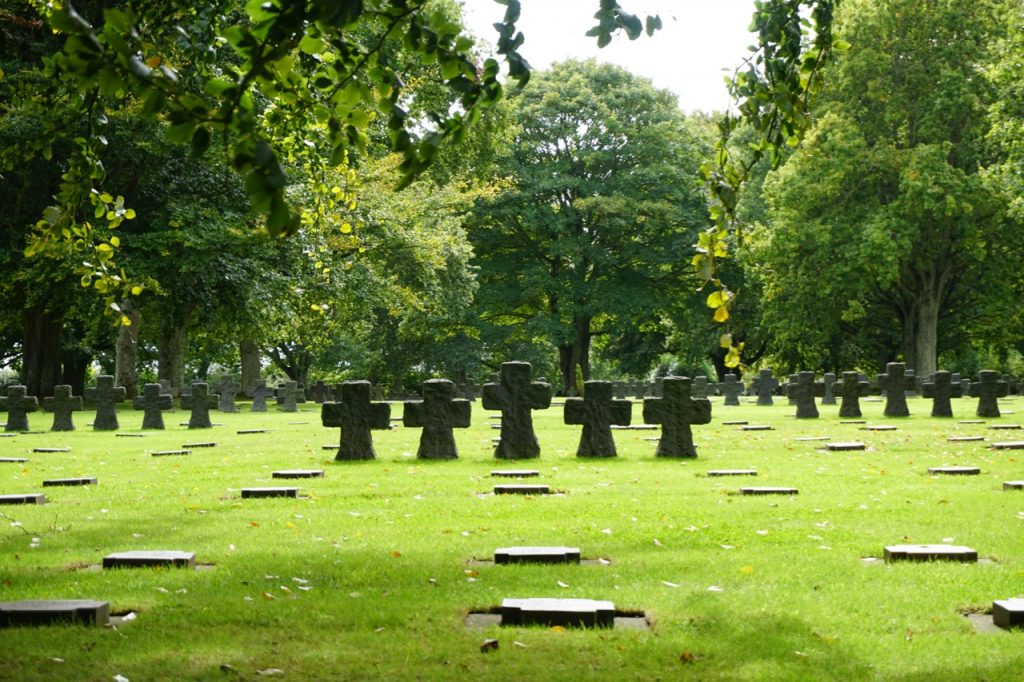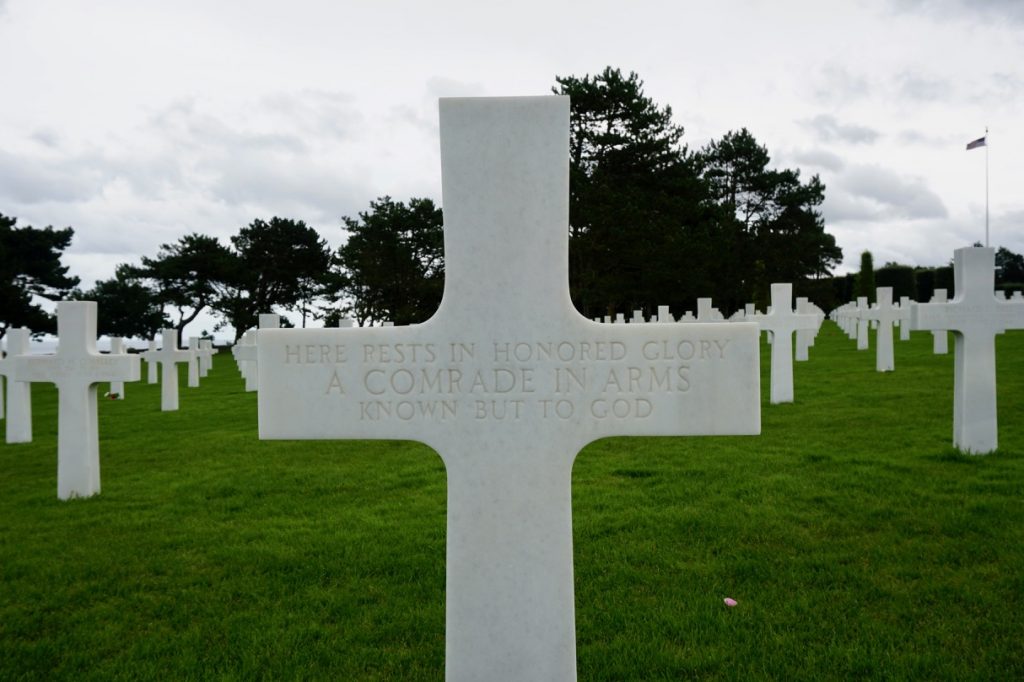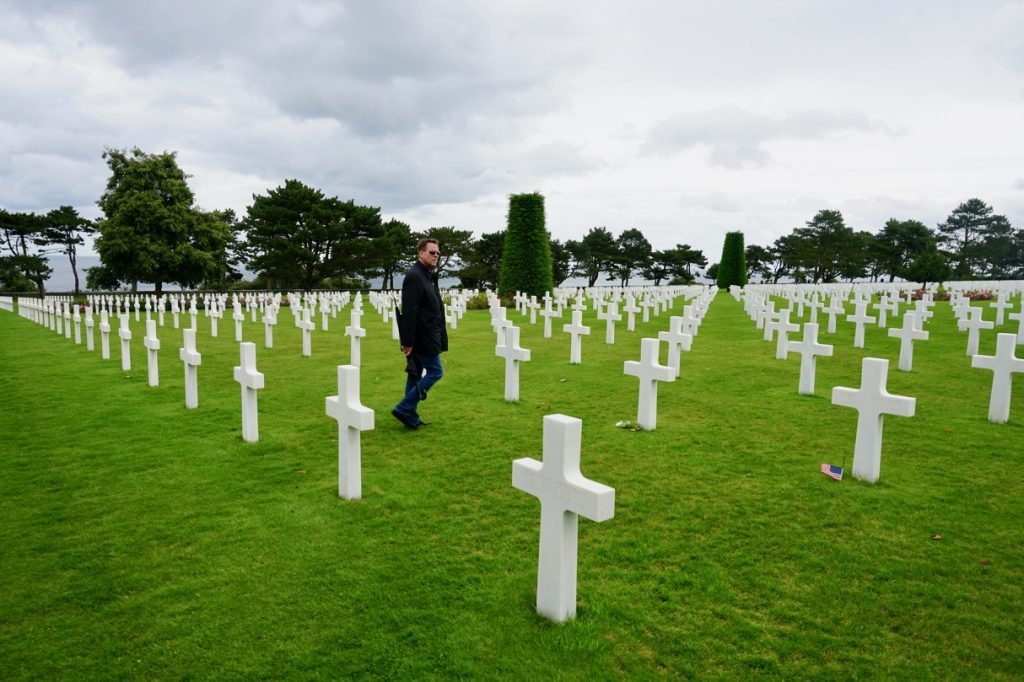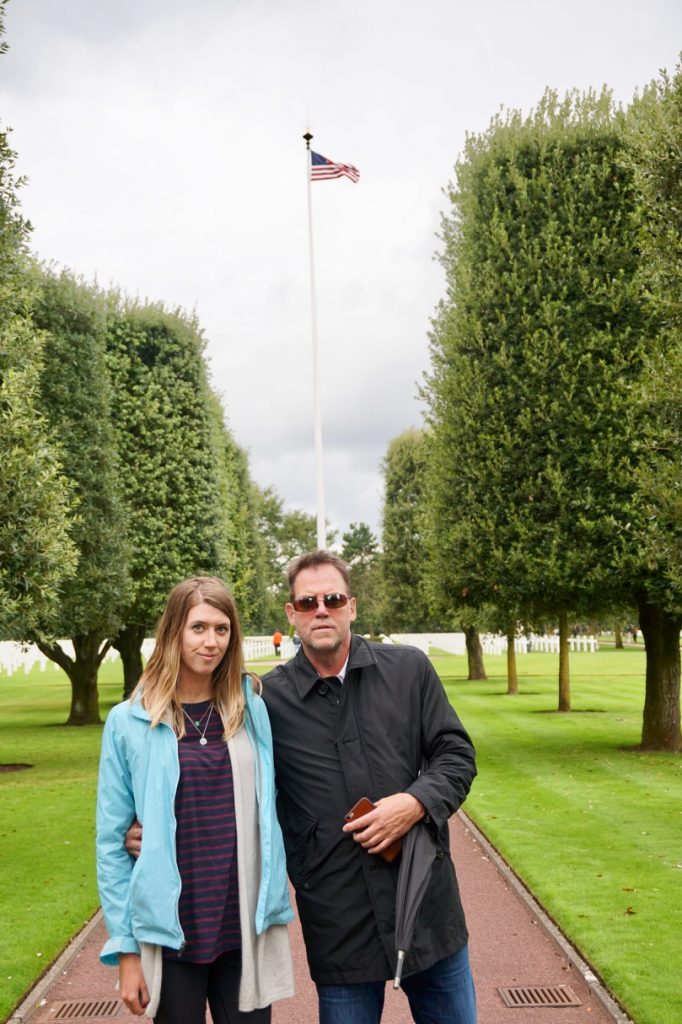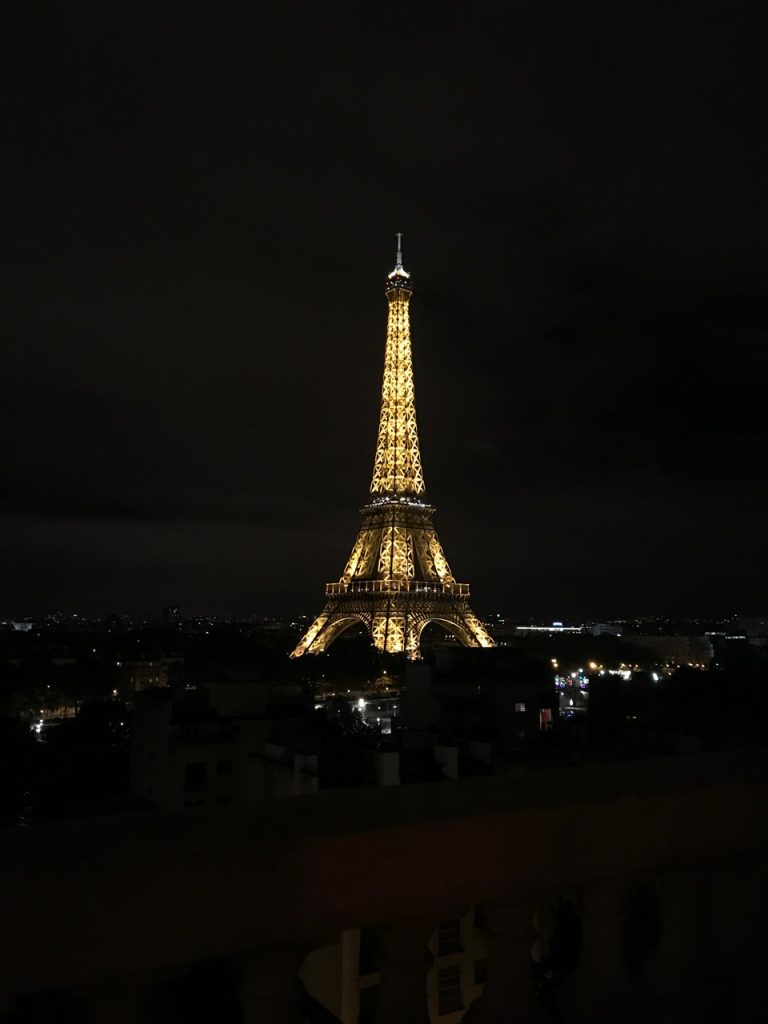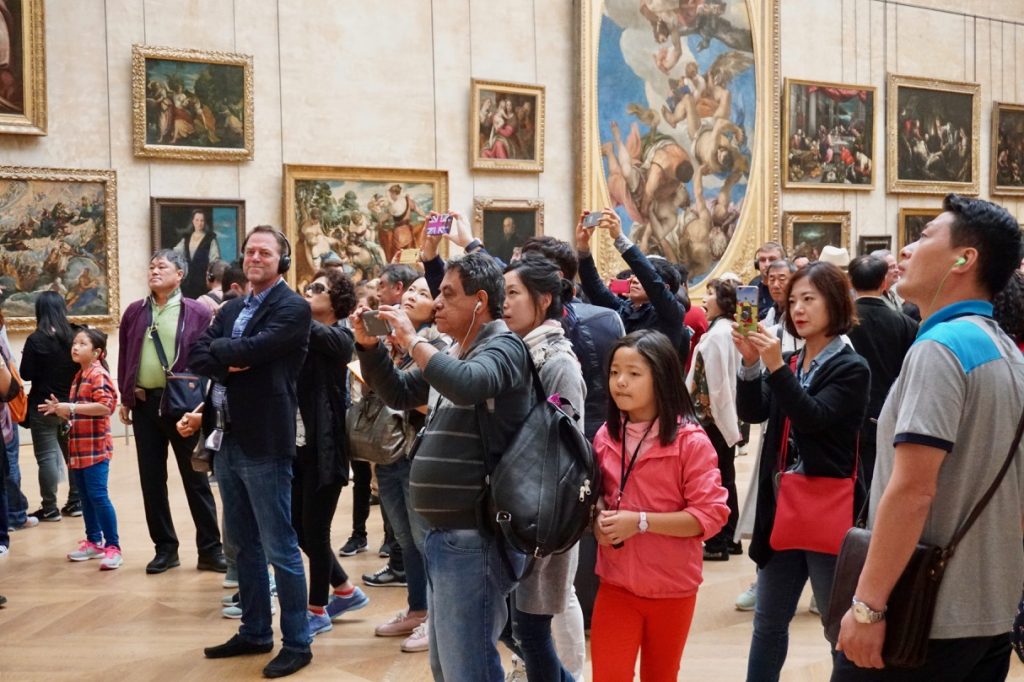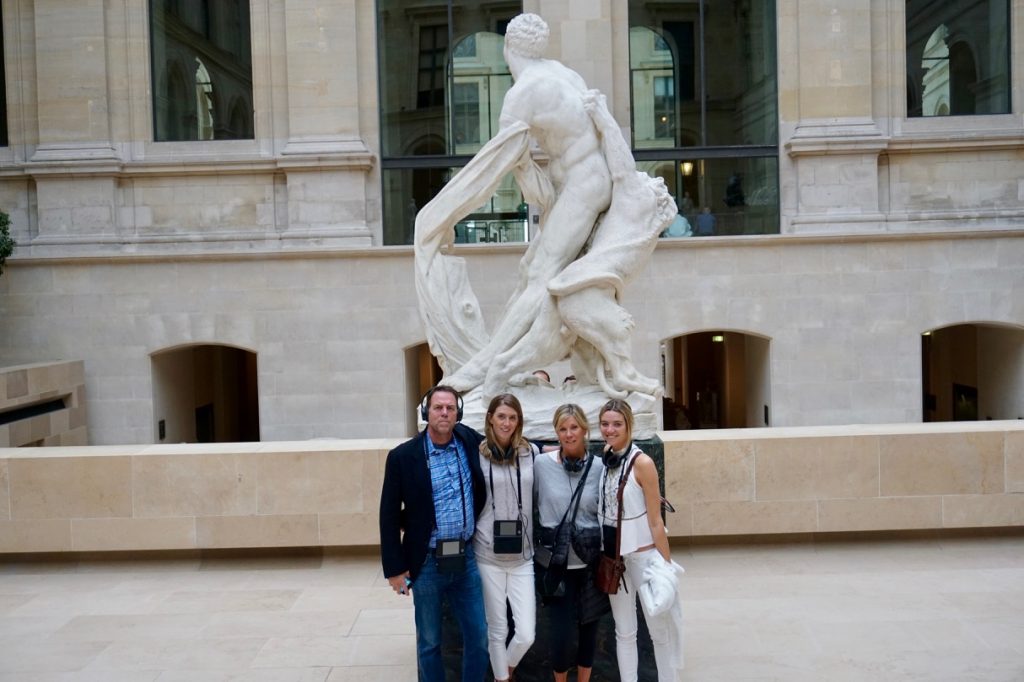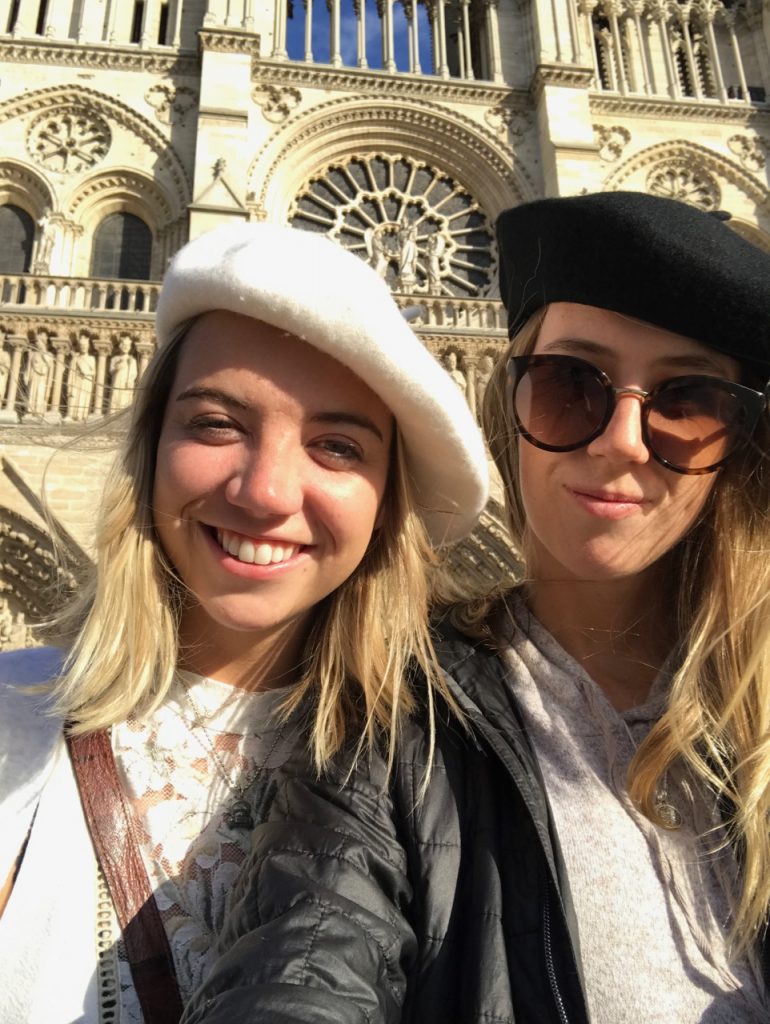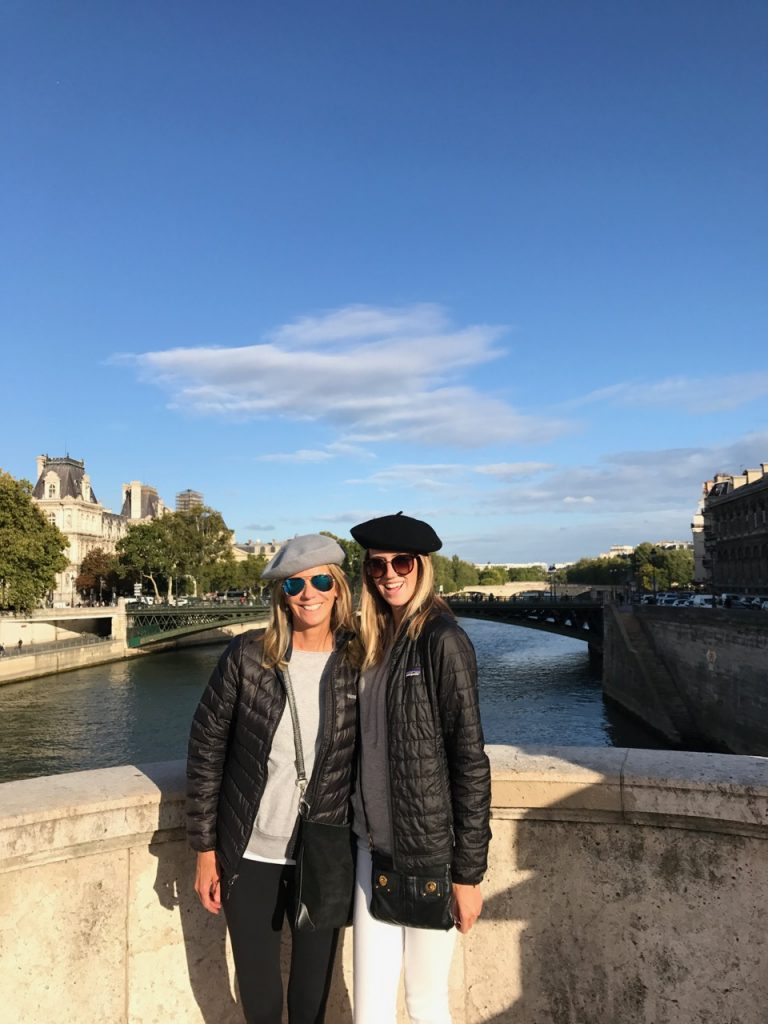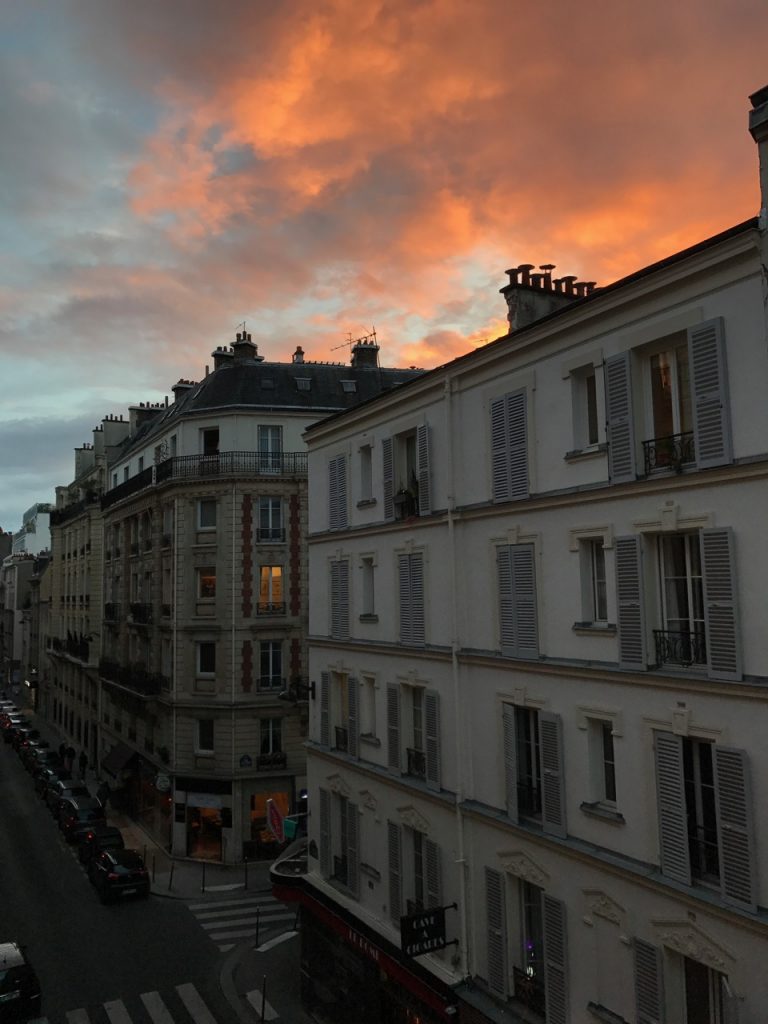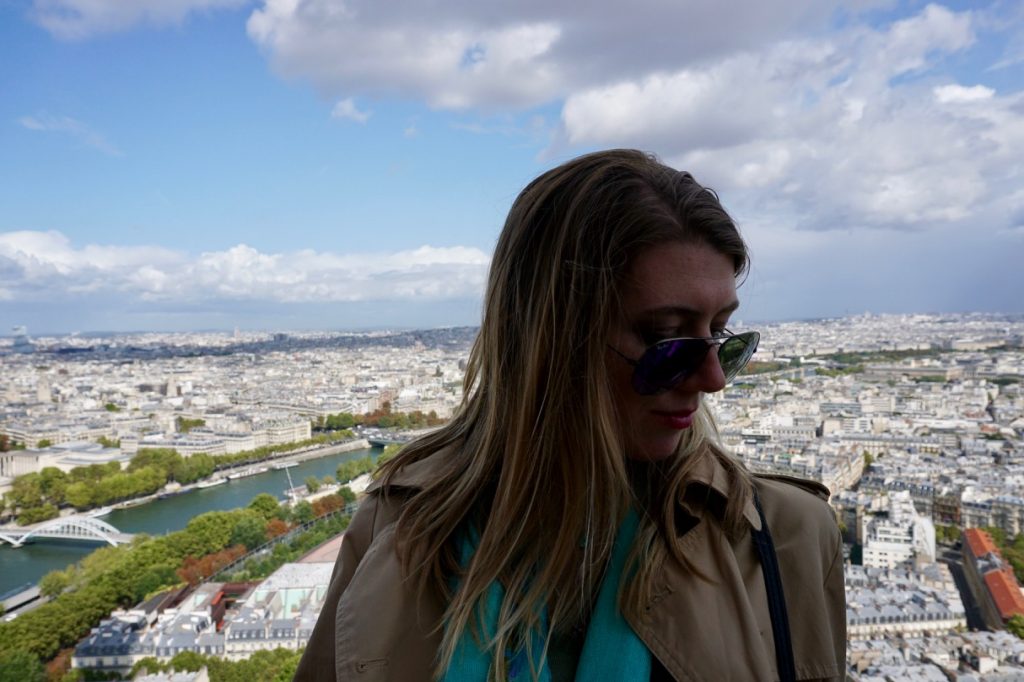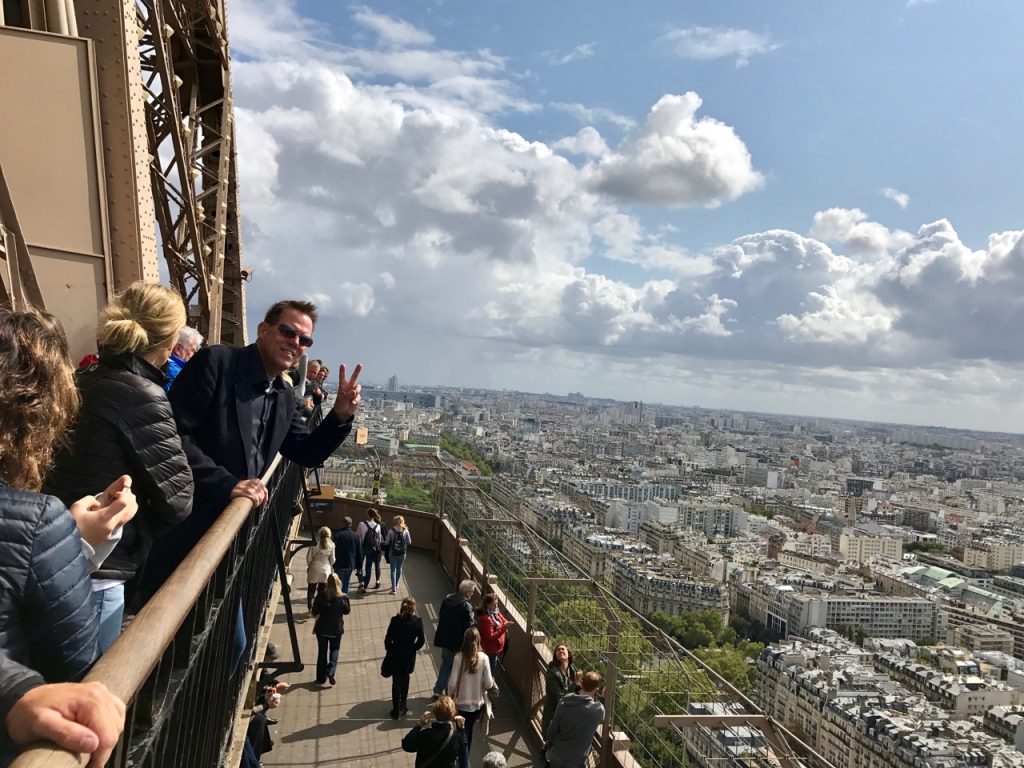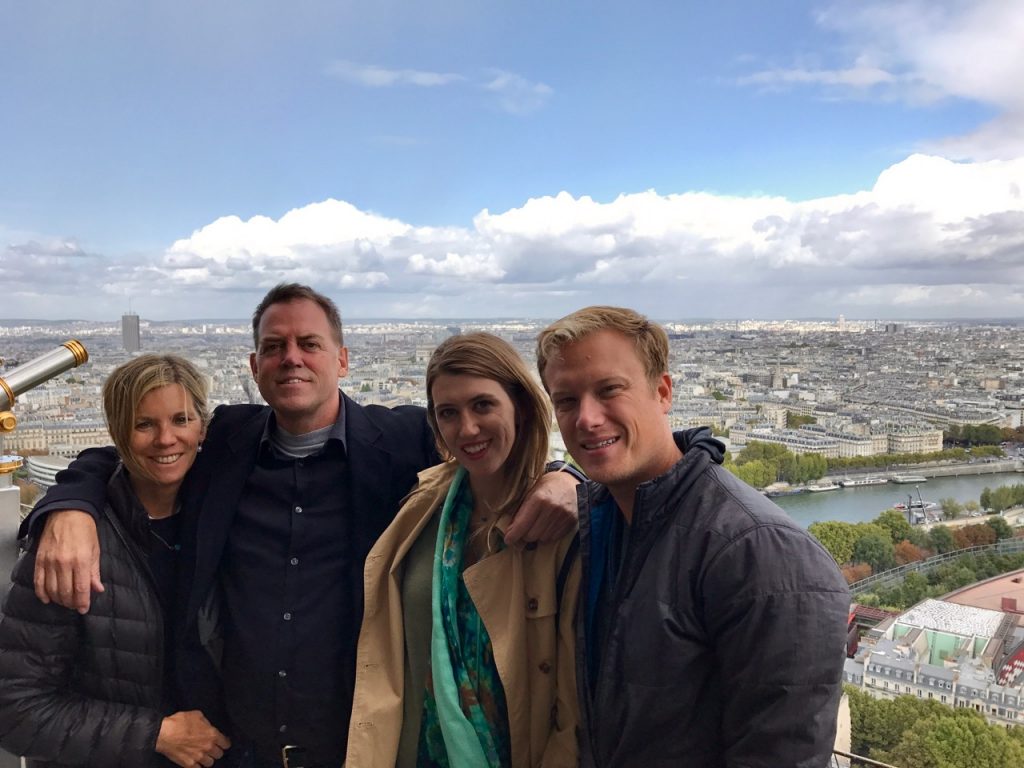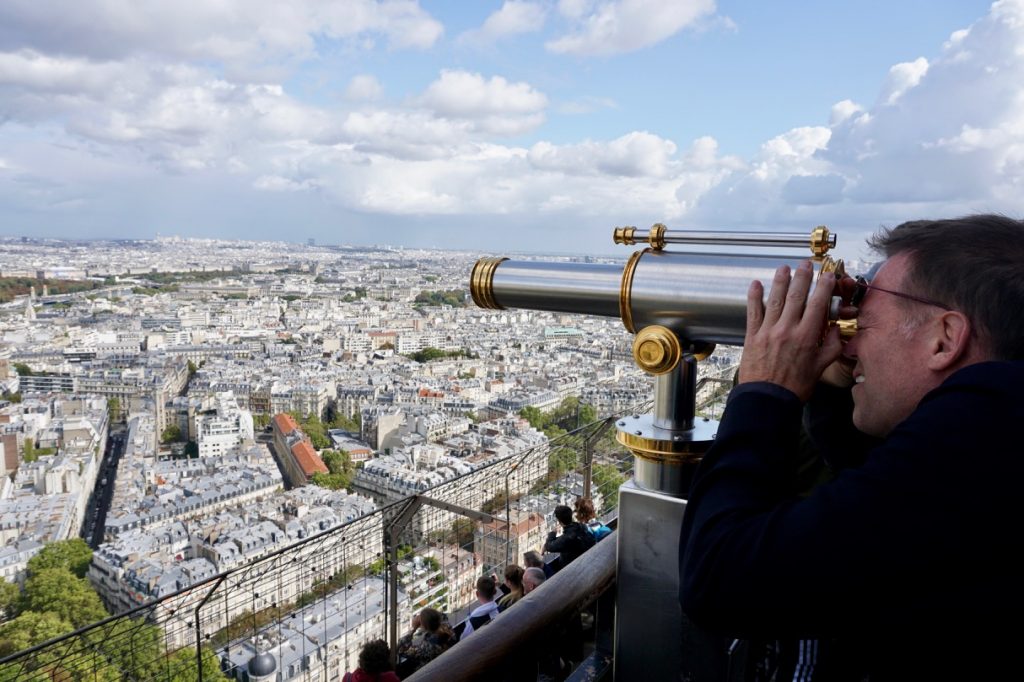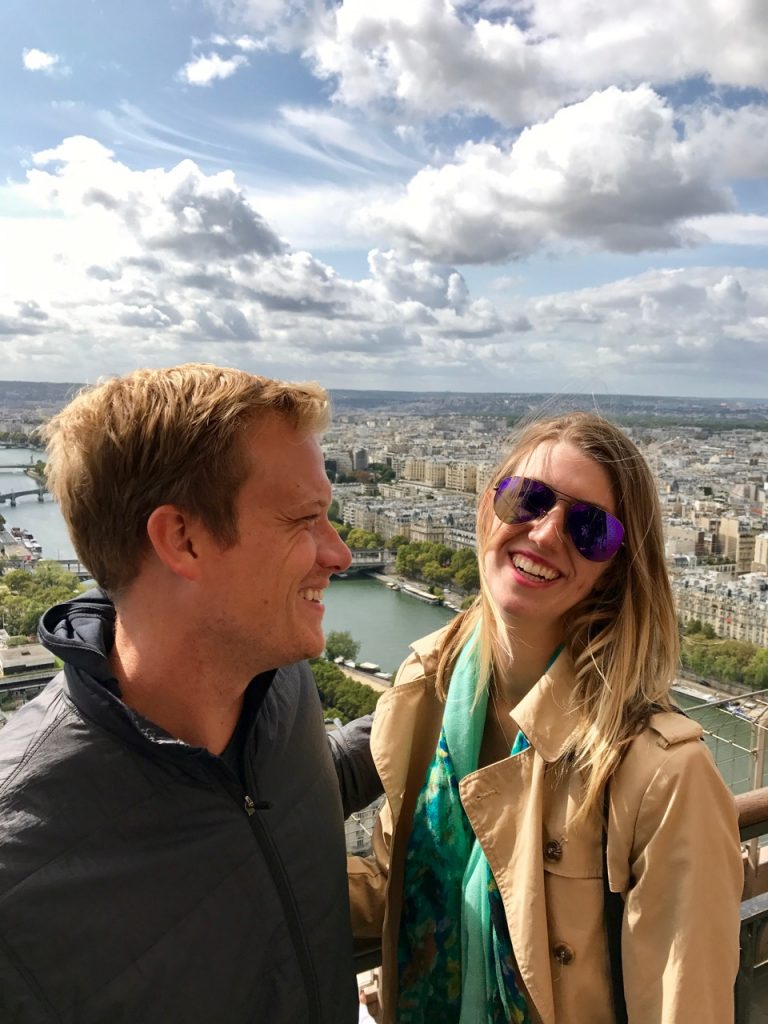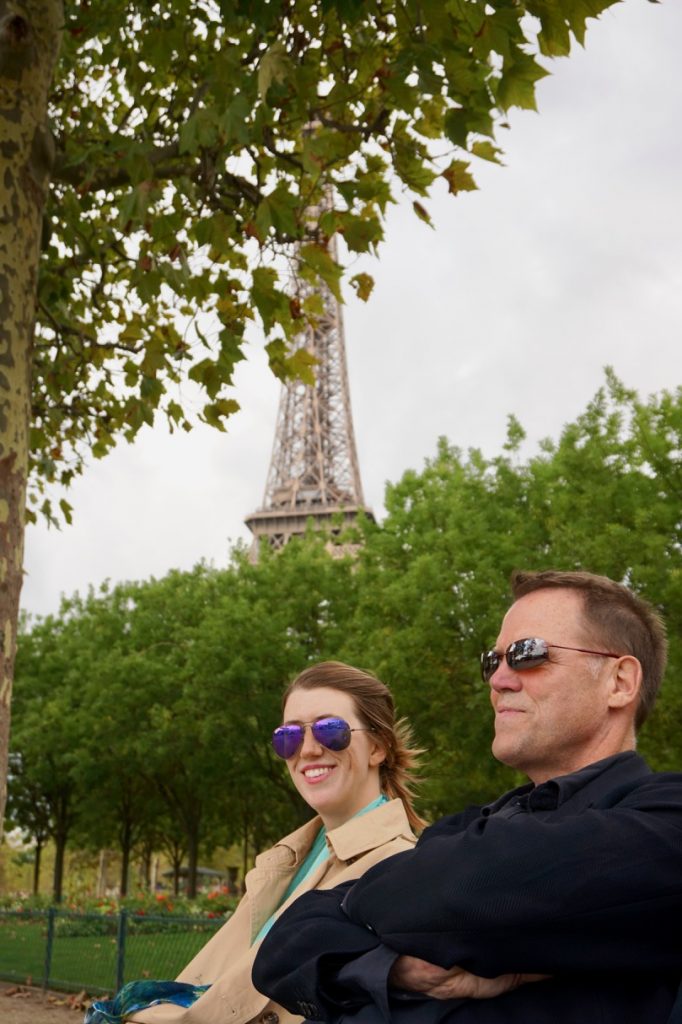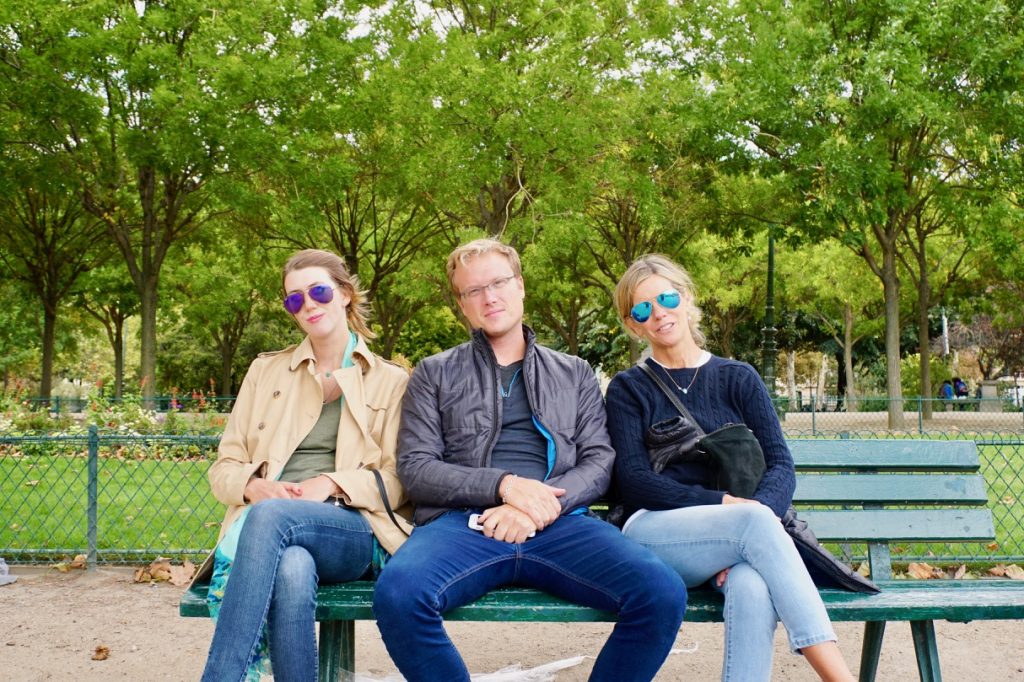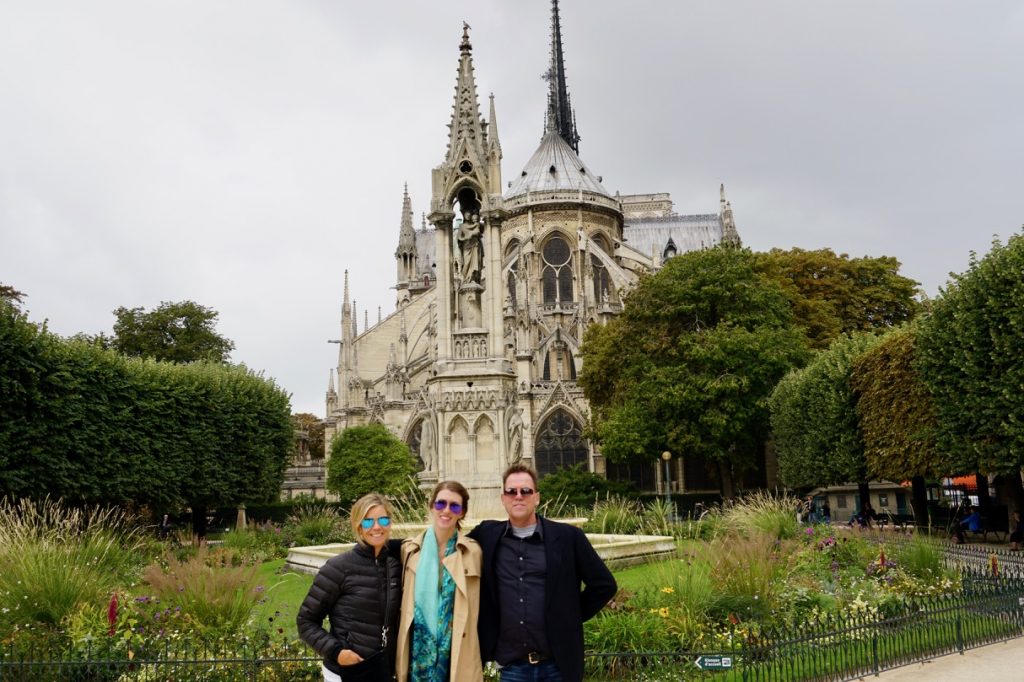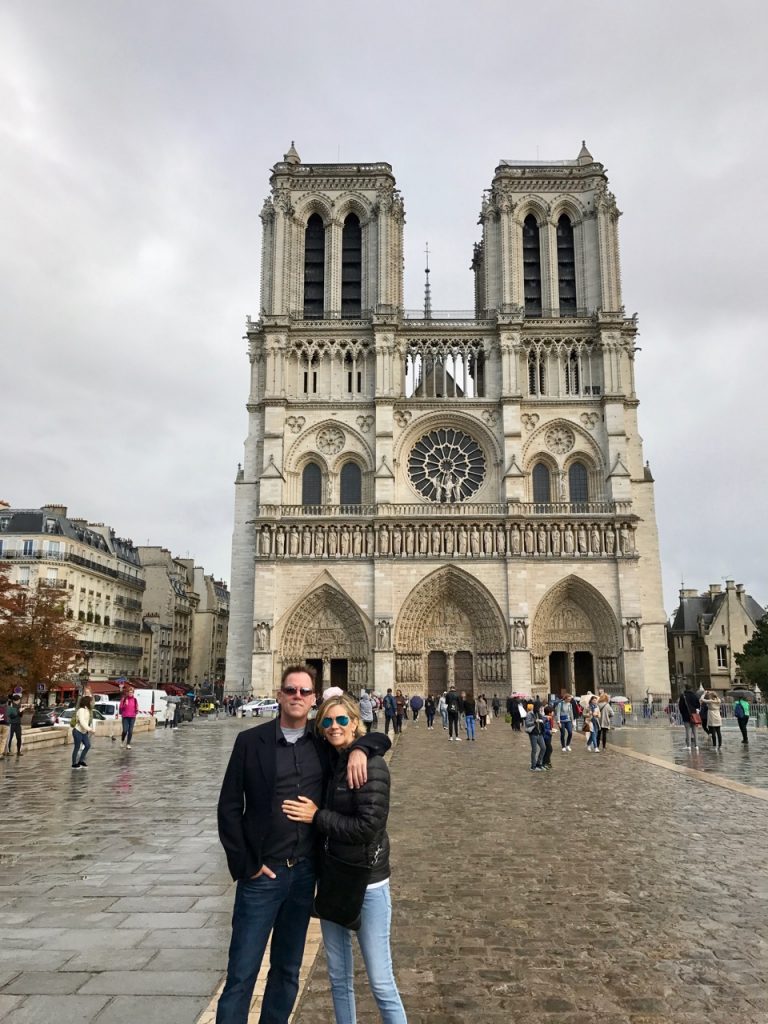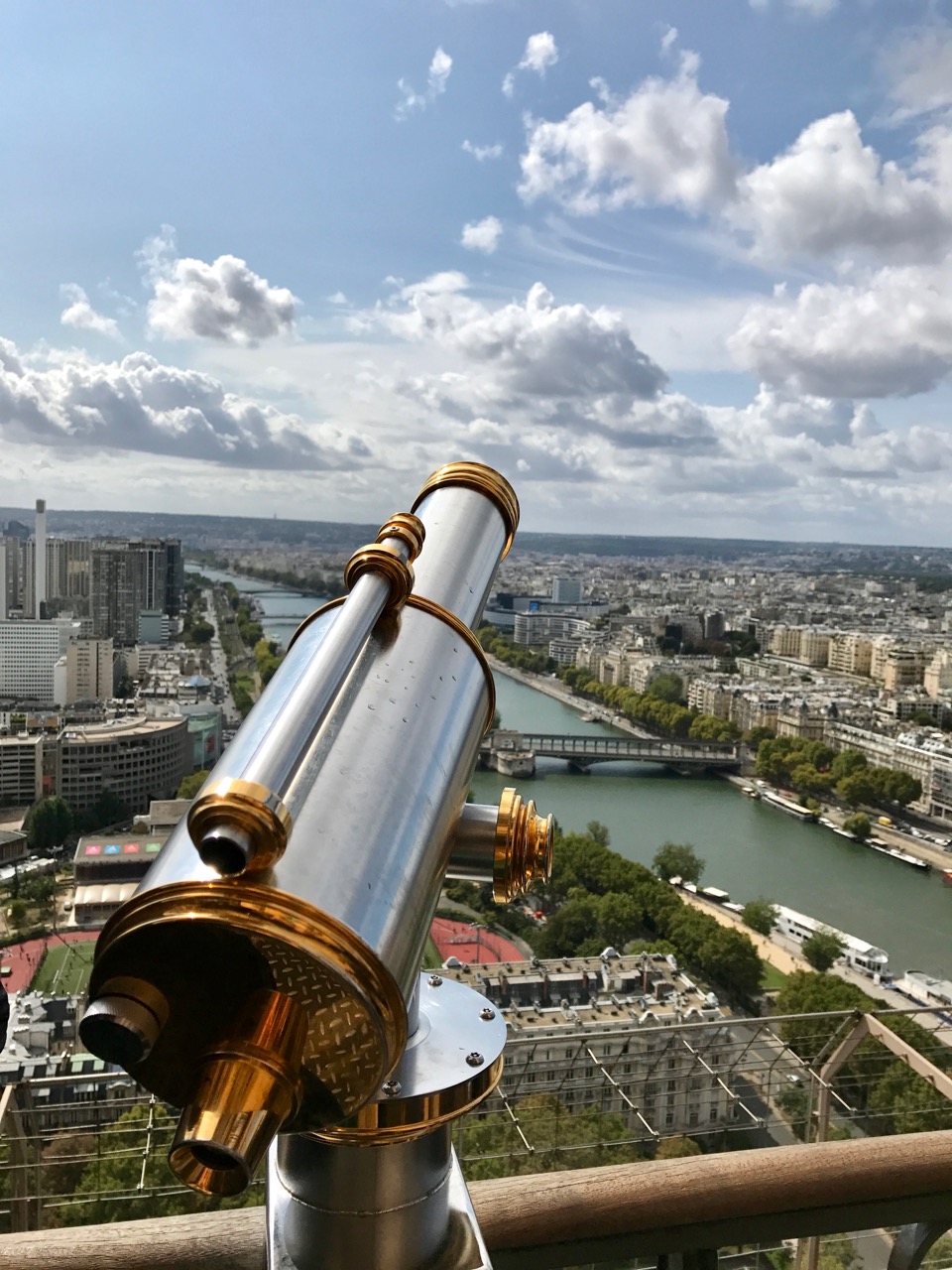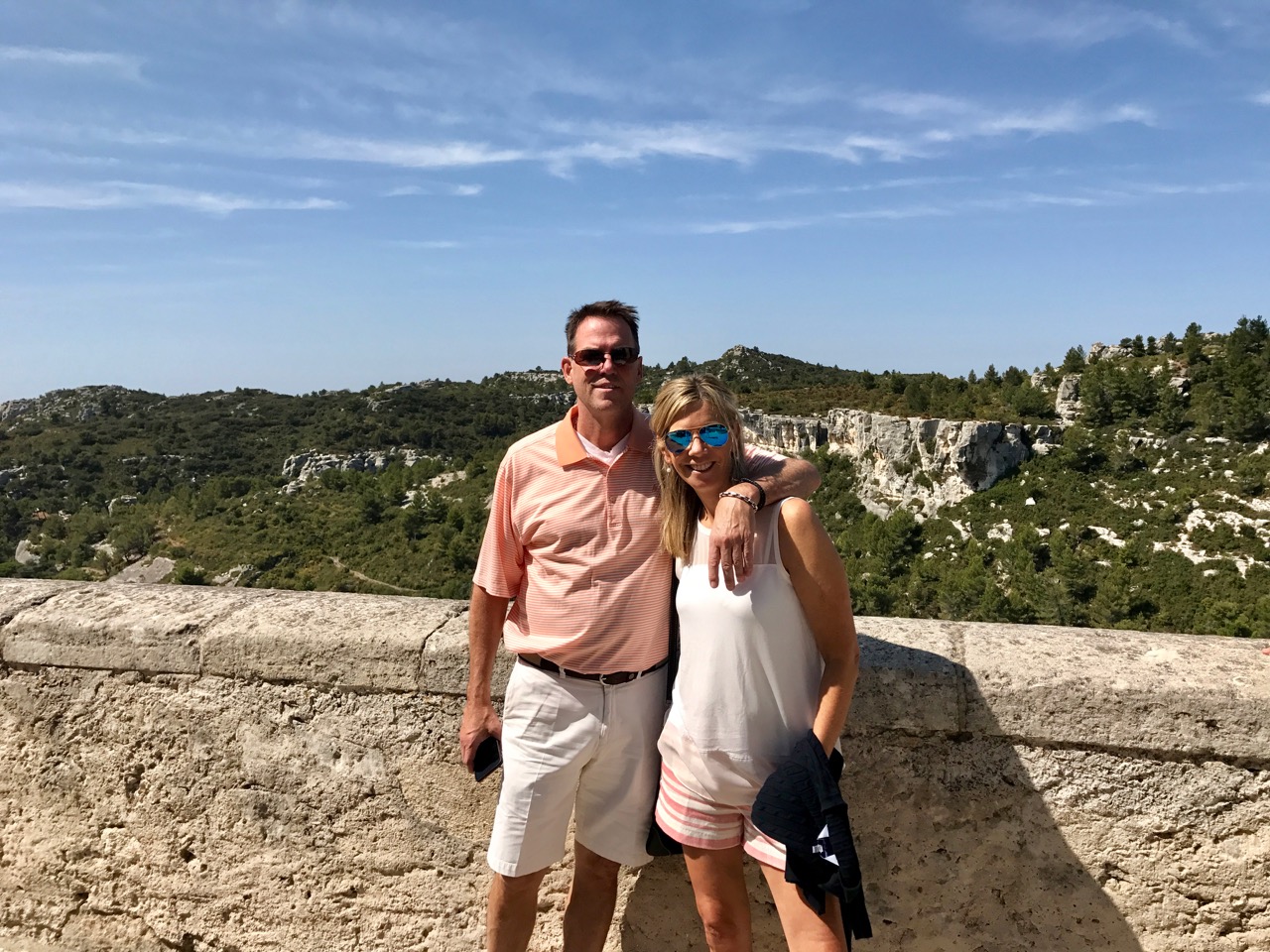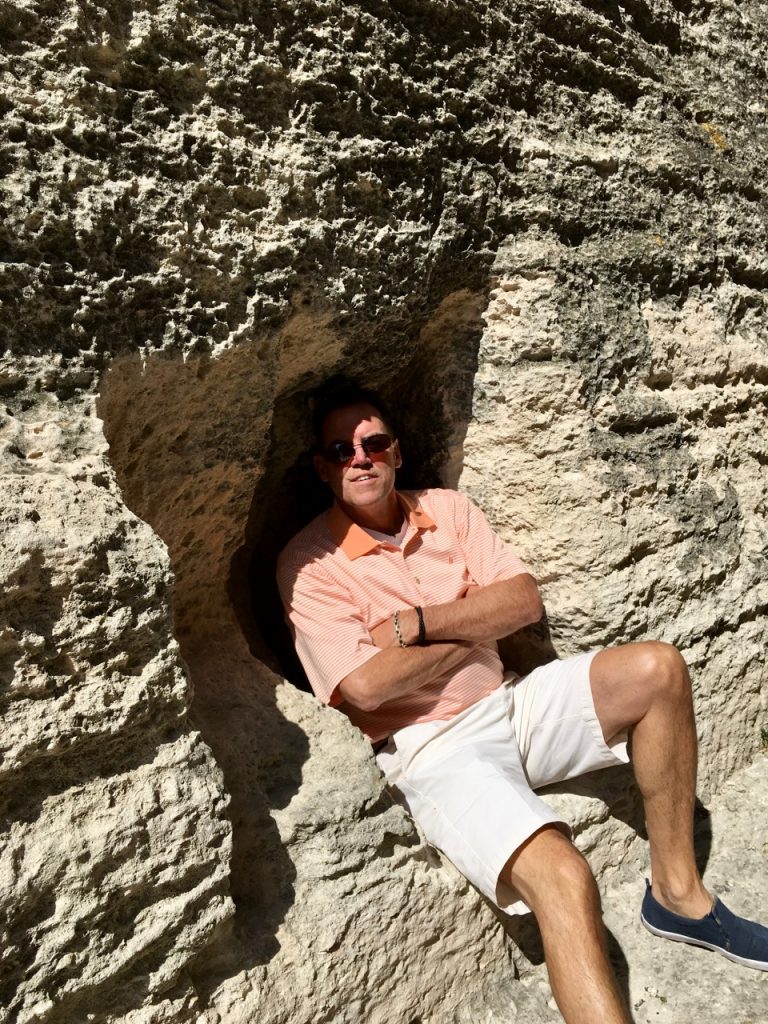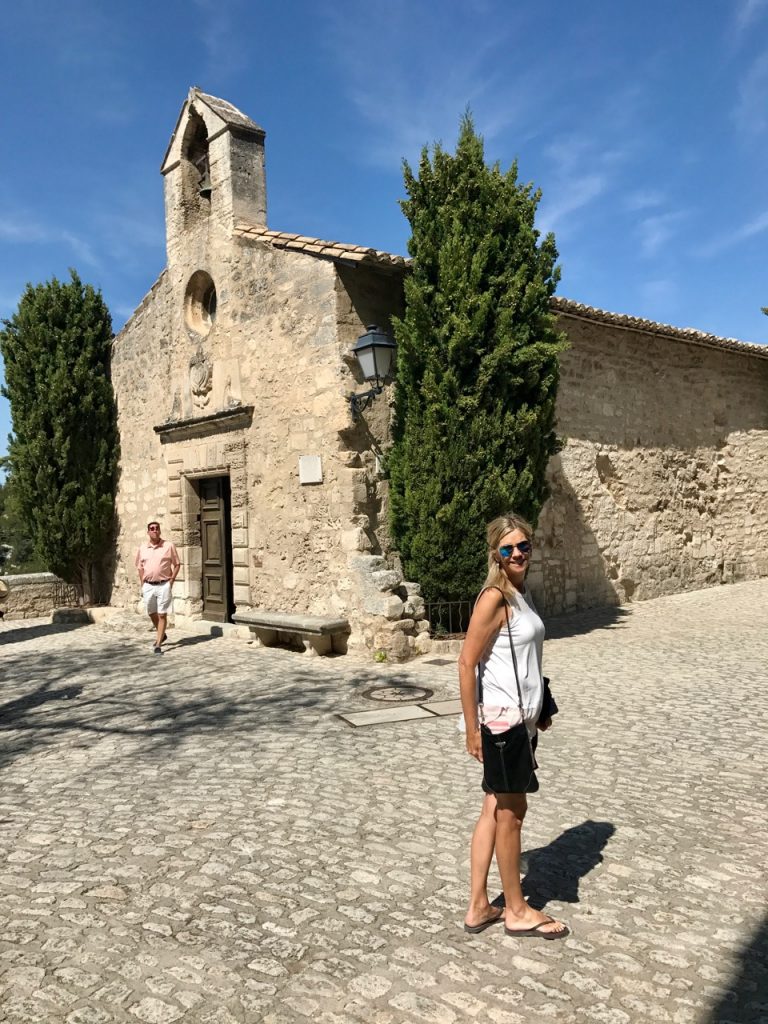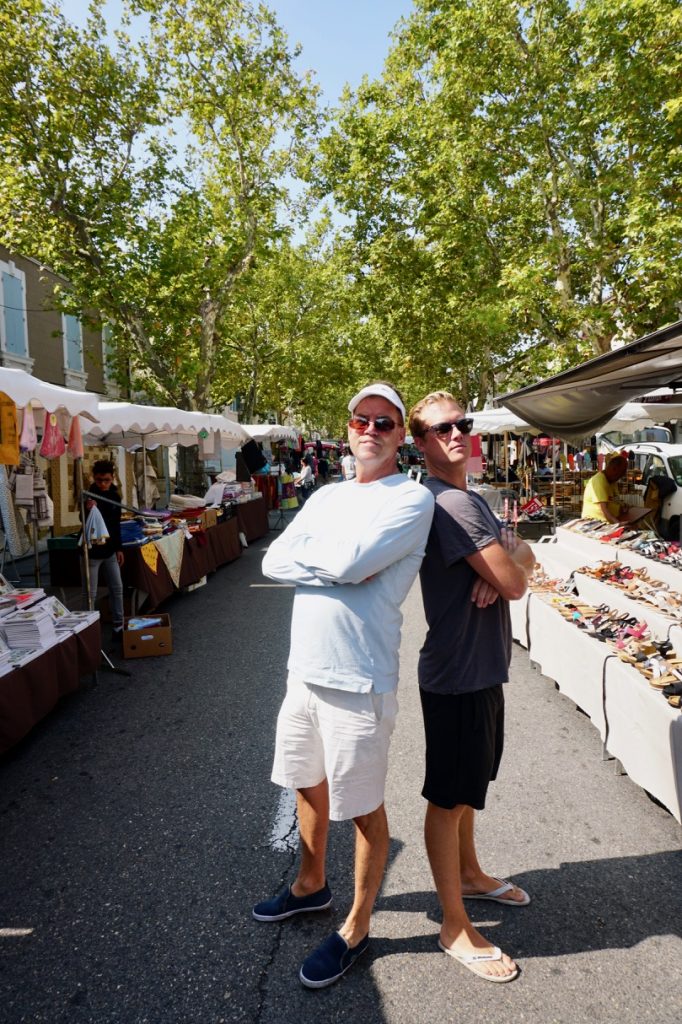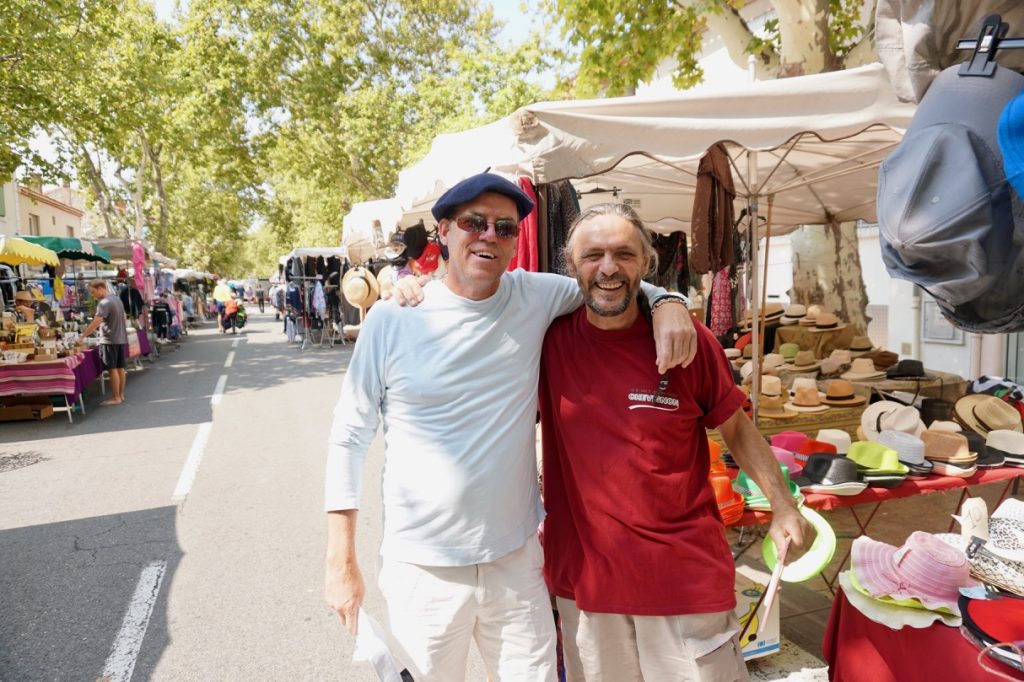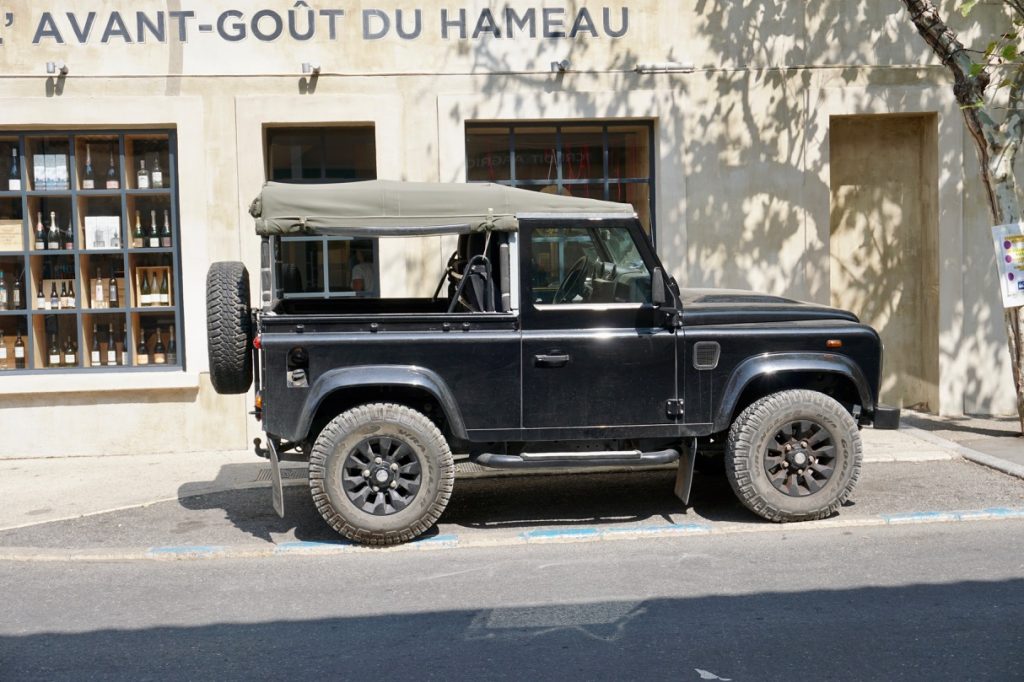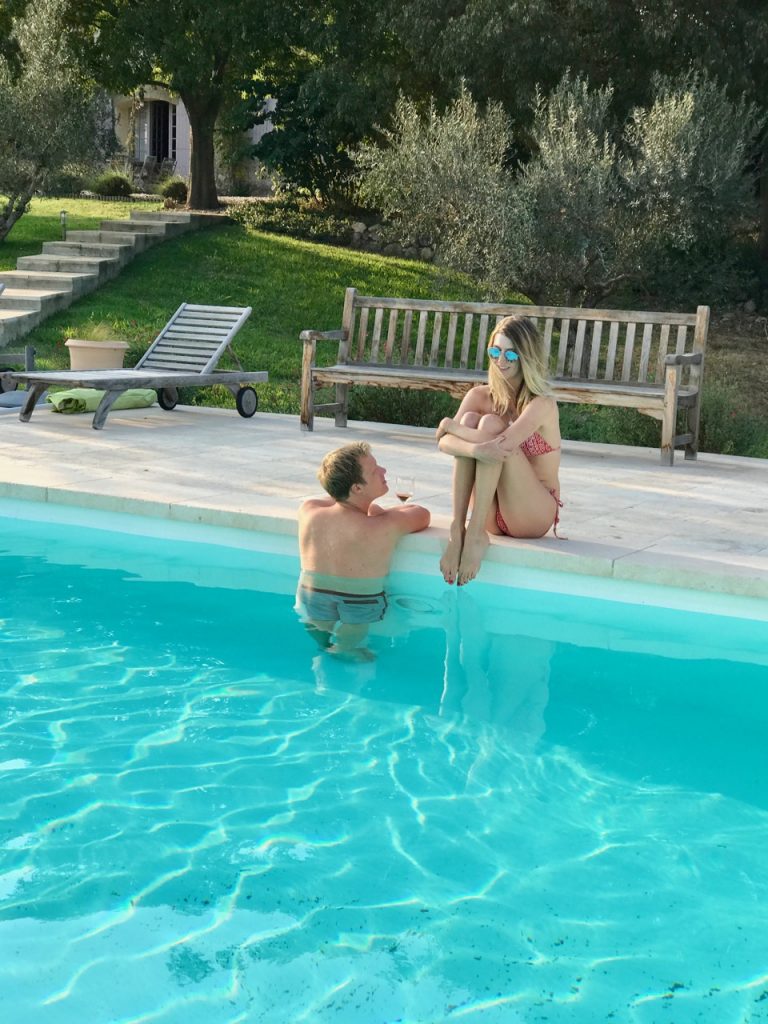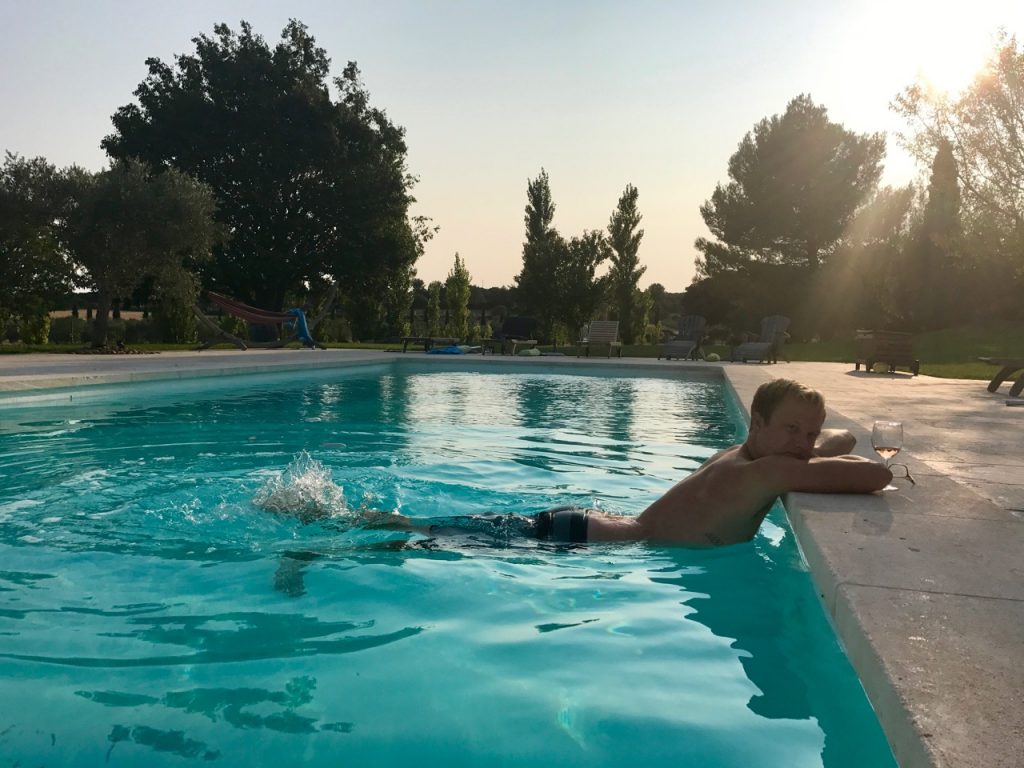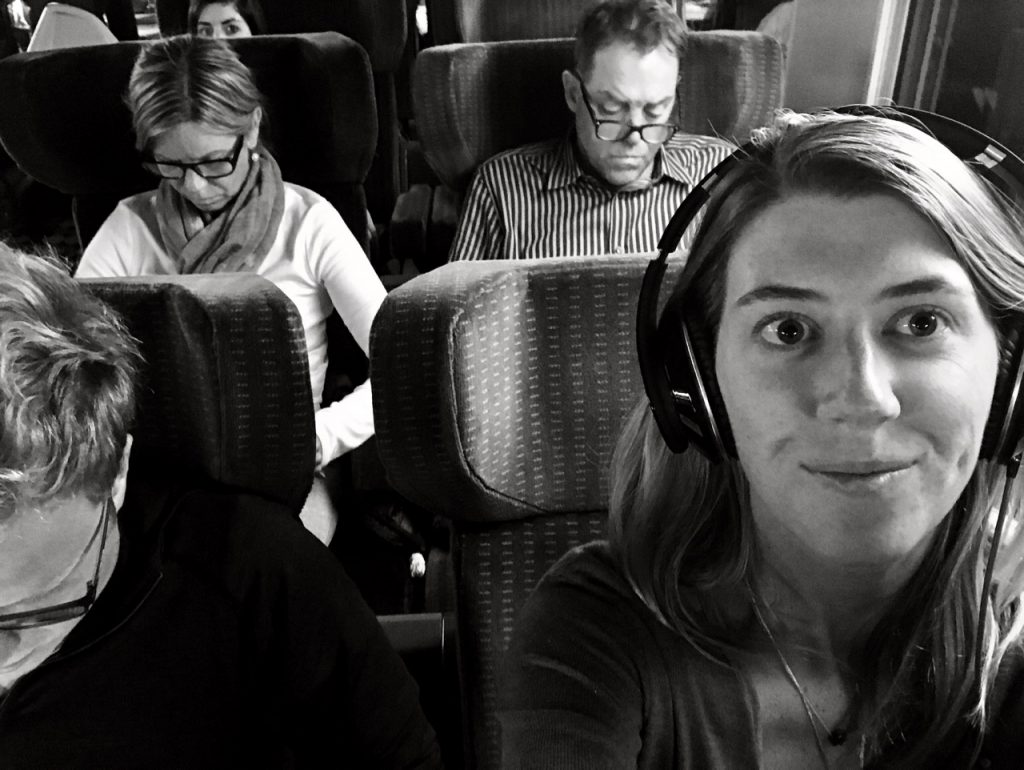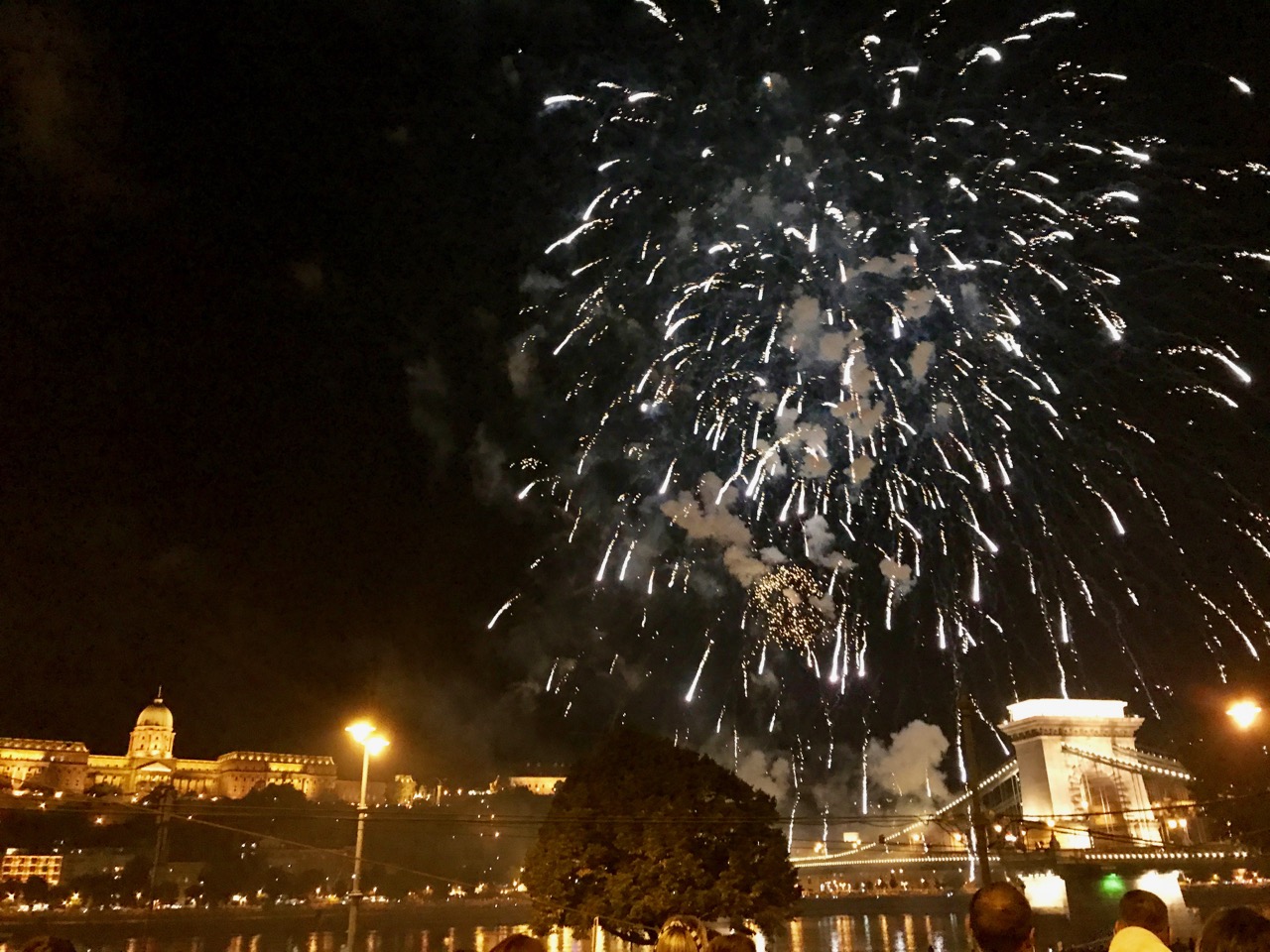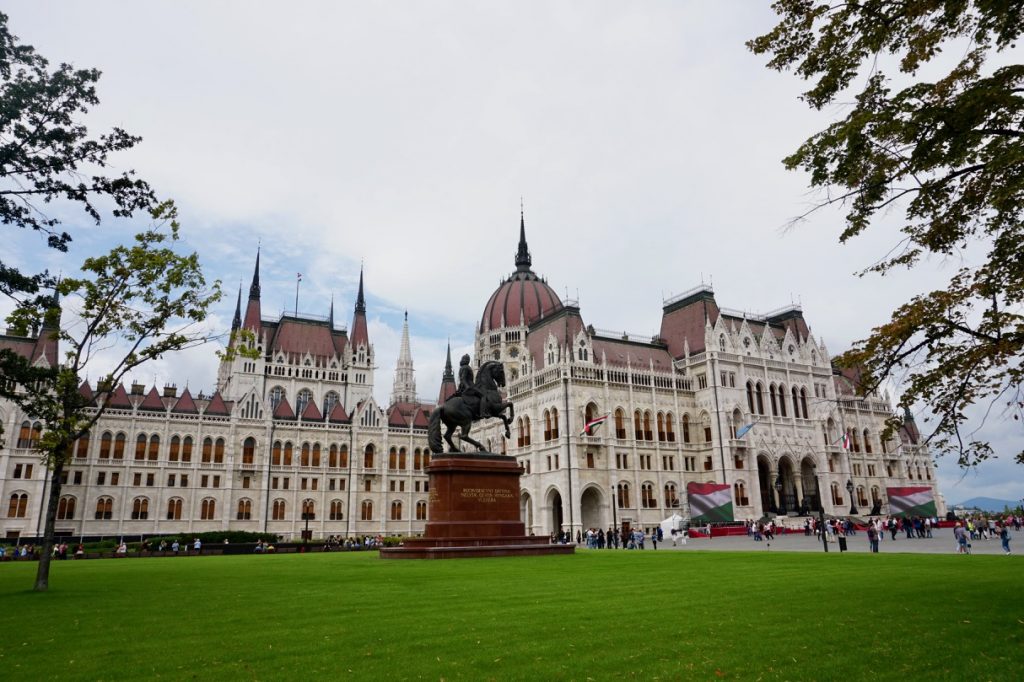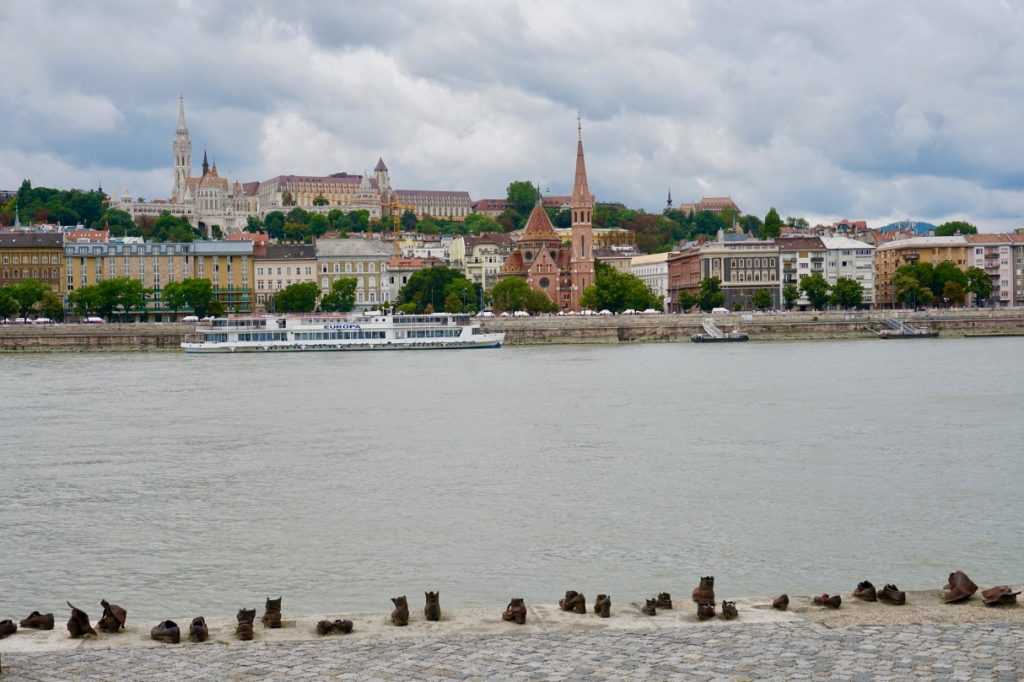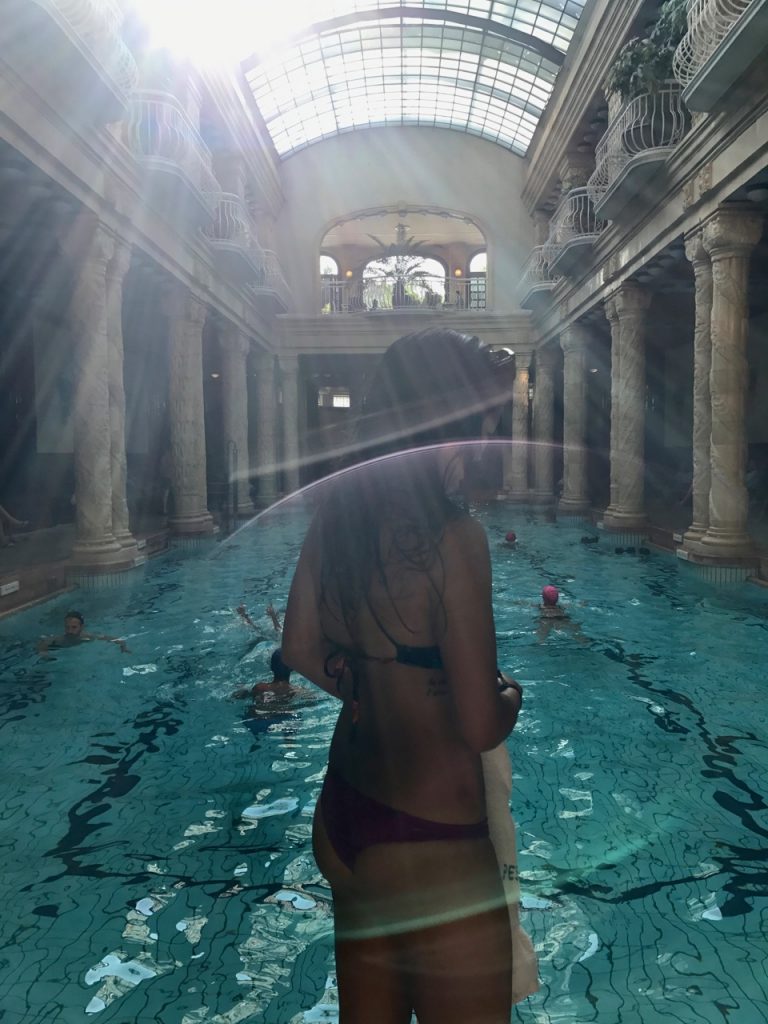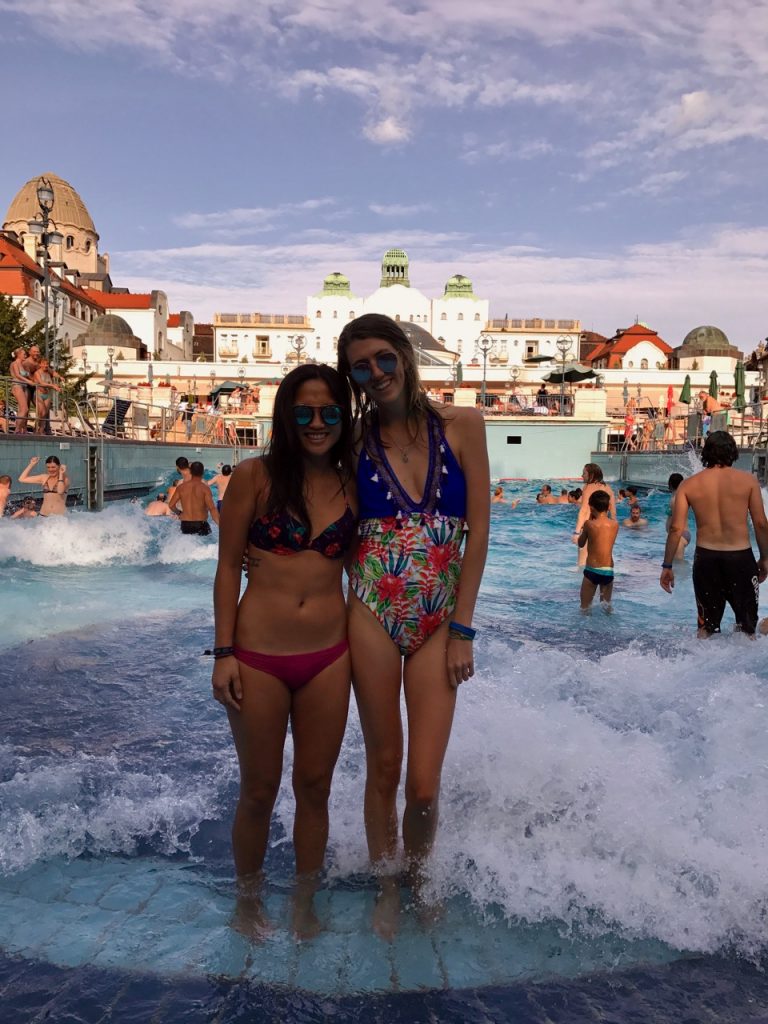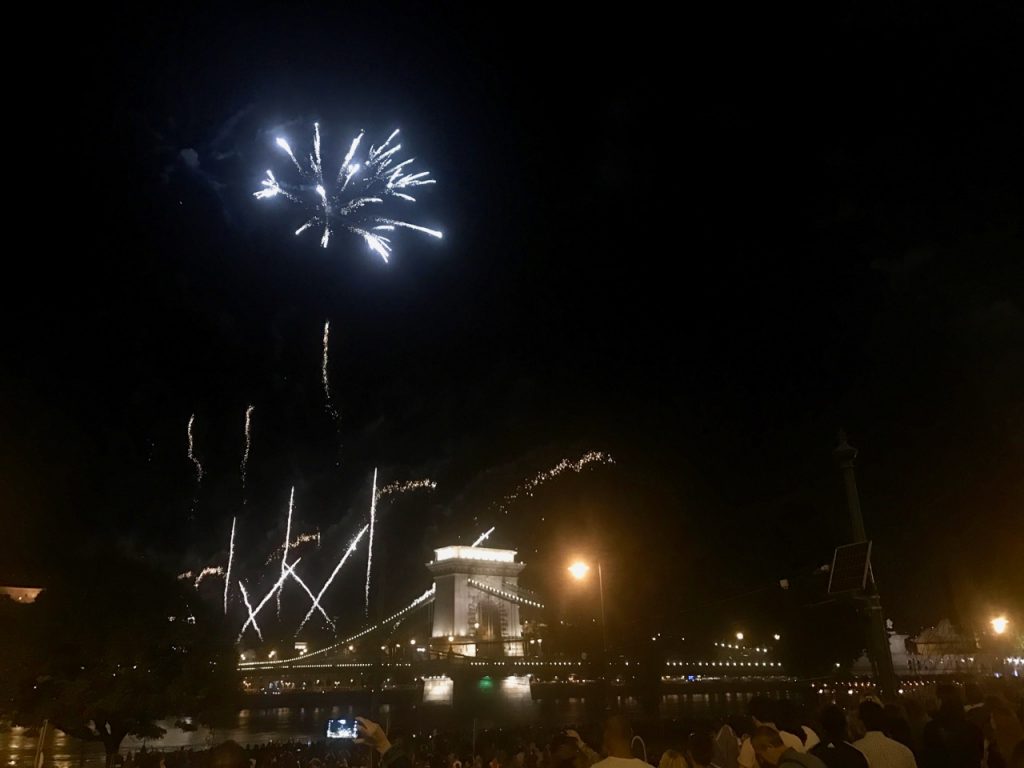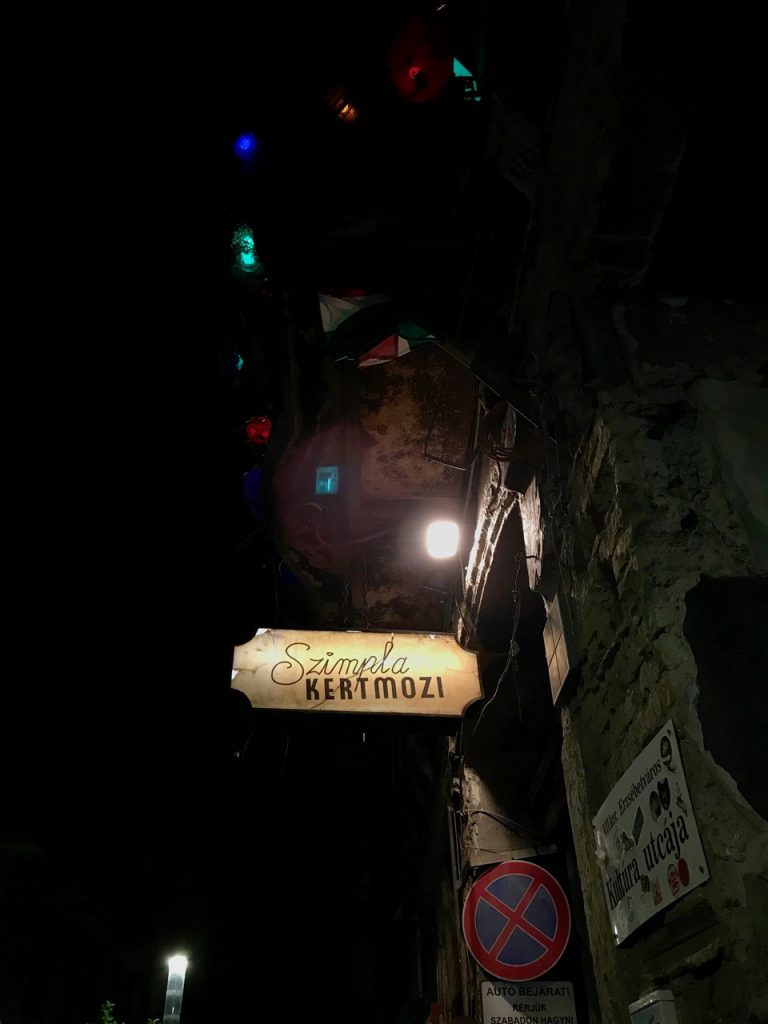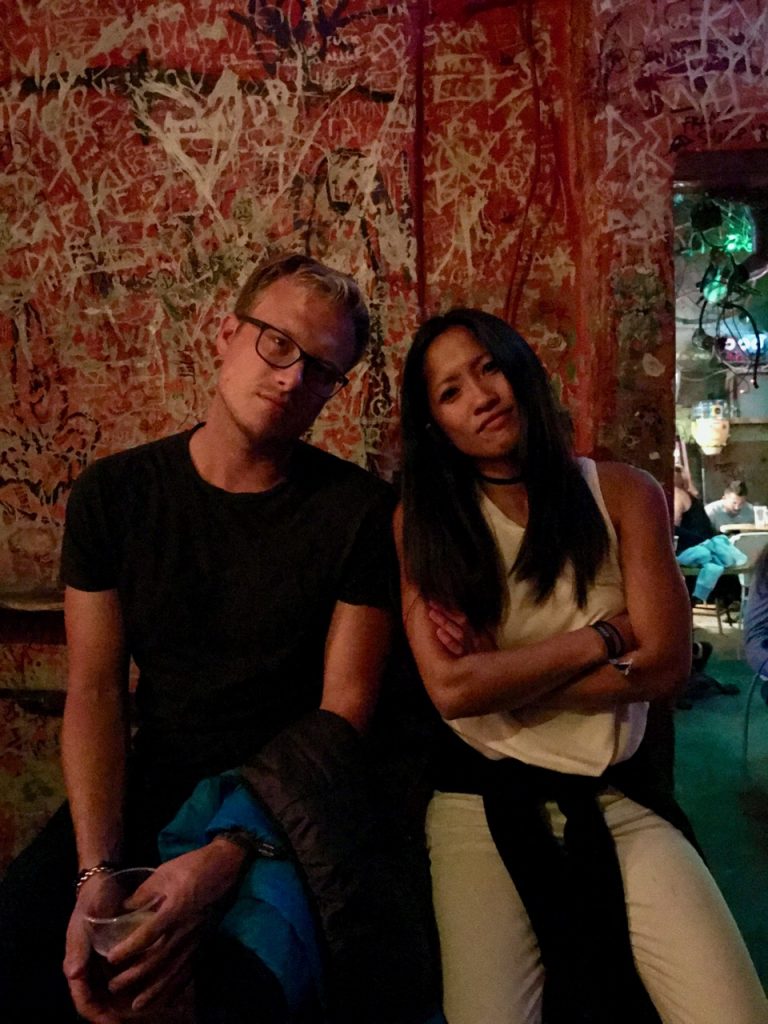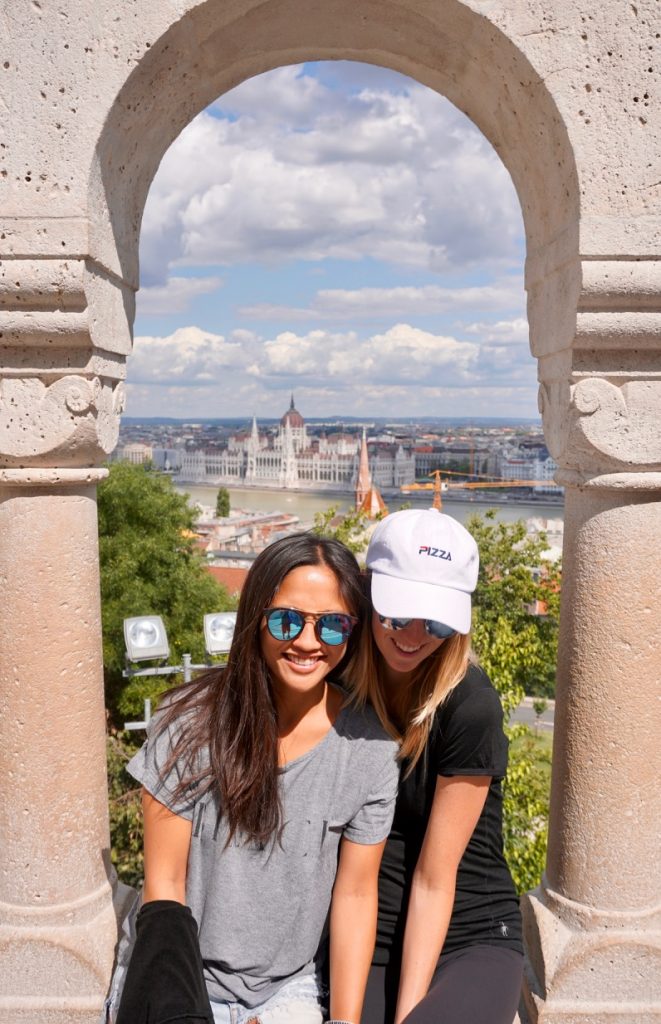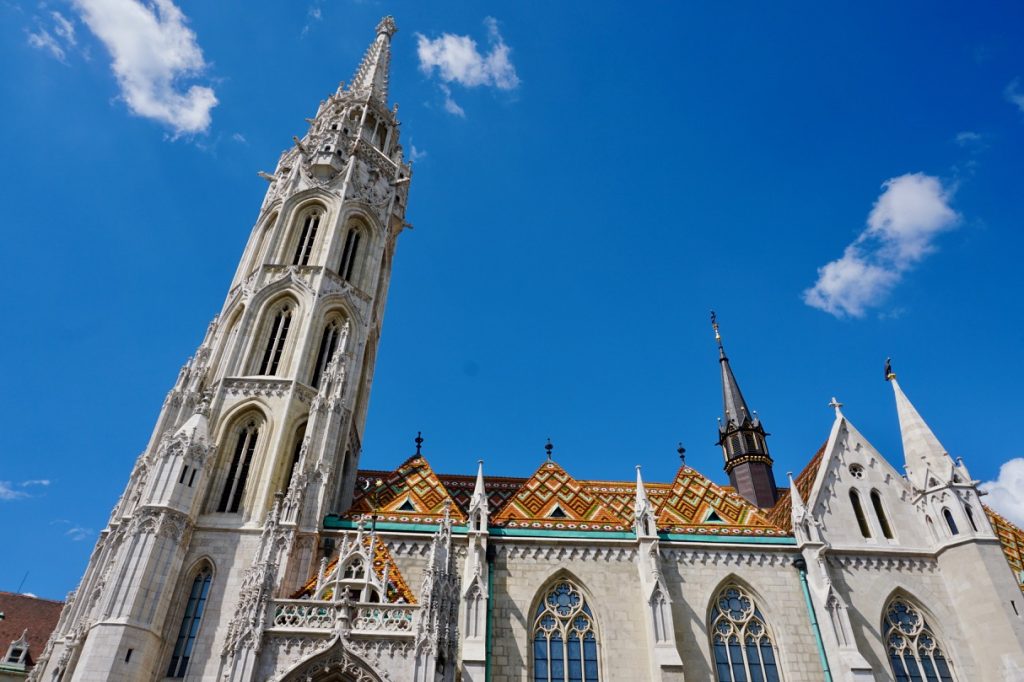It’s no wonder why Paris is the romantic destination of dreams of so many. It makes sense why it’s the most visited city in the world. It is after all, Paris. Enough said. In this city, a flakey croissant, a flawless meal, an aimless stroll down a boutique lined street, a view from the top, will invariably be the subject matter of one of those experiences of a life time for anyone who visits this city. We come here to absorb her romance, to live out a movie scene, and to experience perfection. We come here because it’s supposed to be the best, and it is.
Our first day we sat at one of hundreds of street side cafes at a table too small for anything more than a glass of French red wine, an espresso, and the obligatory ashtray. We sipped and watched as manicured tourists and pretty people all dressed in blacks and grays, and checkered versions of both strolled the streets with shopping bags in tow all searching out their own small cafe table to also sip wine and waft wisps of smoke. Afterwards we took our turn to stroll the streets of this famous arrondissement window shopping in boutiques and antique stores. We’d pause to watch an occasional street performer or make way for a groups of annual pub crawlers dressed in team culinary costumes befitting only the French. Later in the afternoon we’d sample baguettes until we had no room left.
One morning before the day’s first croissants were baked, we piled into a van for the three hours journey to France’s famed northern coast. On grassy hills abutting long strips of windswept sandy beaches we stood and listened to some of our most famous, historic, and tragic stories of war. Down on the beach, dogs played in the water and lovers walked bundled against the wind. Looking down from the hillside we shared a sorrow not only for the toils of the war that soaked the sands here, but for how distant, almost unreachable, that past now seemed. We drove through country lanes where the farmhouses saluted us with the unexpected sight of proudly displayed American flags and antique vehicles of war sprouted from the gardens. A short reprieve from the atrocities of the past was provided by a bowl of steaming freshly netted mussels and a cup of locally churned butter that left no doubt that this is still France; and France is the best. Our last visits of the day endured a duet of tributes to the lives sacrificed by those on each side who fought for their homelands. One was a field of nameless black stones, lined up in groups of five. Thick patches of trees threw dark shadows on the darker headstones casting an eerie gloom through the graveyard; yet at the same time they offered a blanket of protection to the tortured souls buried beneath the trees. We entered the American cemetery on a tree lined pathway with a lone trumpet blaring in the windy distance. The gently sloping hillside was streaked with perfect rows of white crosses and the occasionally lit by a Star of David, most of them displaying a name, dates, and home state. A salt tinged wind blew up from the ocean at the base of the hillside, cleansing the souls of the men resting there for eternity.
Back in the City of Lights we continued a schedule of doing all the things a good visitor should do at least once. We queued with the masses to ascend the Eiffel tower to walk her decks and take innumerable pictures. A rainy morning provided a perfect day to stroll the never-ending rooms of the Lourve, all the while trying to make sense of an impossible audio guide and map. We carefully planned our meals and ate until every Parisian culinary category had been accounted for. We walked along the Seine more than once, and we stared up at the Arc de Triomphe. It was just a little too perfect.
On our last few days before leaving the European continent we moved to an outer arrondissement. For the first time in six months of travel we aborted an afternoon walk because we felt uneasy. Typical Parisian austere frostiness was replaced by aggression. Groups loitered on street corners and in front of derelict buildings. We saw a different city, rippling with palatable tensions.
As we flew eastward that next morning and stared down at the the world’s most visited city we wondered if the next time we came here if it would be as changed as it is in the last four years. It will no doubt continue to be the opportunity to live out a day from a movie scene, and experience the best of the best. Inevitably however in the world of today, with that territory comes a slew of expectations and imitations. Trip Advisor ratings and 10 Best lists, become the de facto experience guides. For every 10 best there are fifty abysmal examples with pictures on the menu, tour guides with umbrellas and headsets, and street vendors hawking the same keychains and light up gadgets. It can muddle the experience of a place that is supposed to be a version of perfection. That said, the truly unique and ethereal experiences in this city that many of us come to this place in search of are still very much there, but for most they lie just beyond our grasp; behind black tinted windows of luxury sedans, on private rooftops where the cost of entry is a at least a three figure cocktail, in restaurants with six month waiting lists that fill up in five minutes, at the bottom of bottles of wine worth more than a plane ticket, and behind velvet ropes to clubs that employ the strictest of dress codes and frustrating selectivity. On the other side of the gap is a place that may follow the fate of Casablanca, a city remembered for an iconic romanticized past that now has the charm of a stale cigarette, where metal detectors guard the entry to public places and five star hotels, and where tensions run high.
Leaving Europe we’re not for the first time confronted with a powerful reality of travel; that expectations will always be shattered and that travel is not in fact about meeting expectations, but rather having new experiences that often make us at least a little bit uncomfortable. As far is Paris is concerned, the best croissant may be in San Francisco, the most memorable meal belongs to Israel, and the most powerful sight to behold isn’t in the Louvre, it’s several hours north along the shores of Normandy. Paris will however, forever be Paris, and that alone is worth going to experience “the best” at least once.
